Changing your furnace filter regularly is one of the most important maintenance tasks for your home’s HVAC system. Replacing a dirty, clogged filter allows your furnace to “breathe” and function properly. When air can flow freely through a clean filter, it helps your furnace work efficiently, keeps the air in your home clean, and can save you money on energy bills.
Changing the filter is also a simple process that you can easily do yourself. It just involves turning off the furnace, removing the old filter, inspecting the furnace interior, inserting a new filter, and turning the furnace back on. With just a few basic steps, you can keep your furnace running clean and efficiently.
In this article, we’ll walk through the entire process of changing your standard furnace filter. We’ll cover when to change it, choosing the right replacement, where to locate it, and how to remove the old one and put in a new one. With these tips, you’ll be able to keep your furnace filter fresh and maximize your HVAC system’s performance.
When to Change Your Furnace Filter
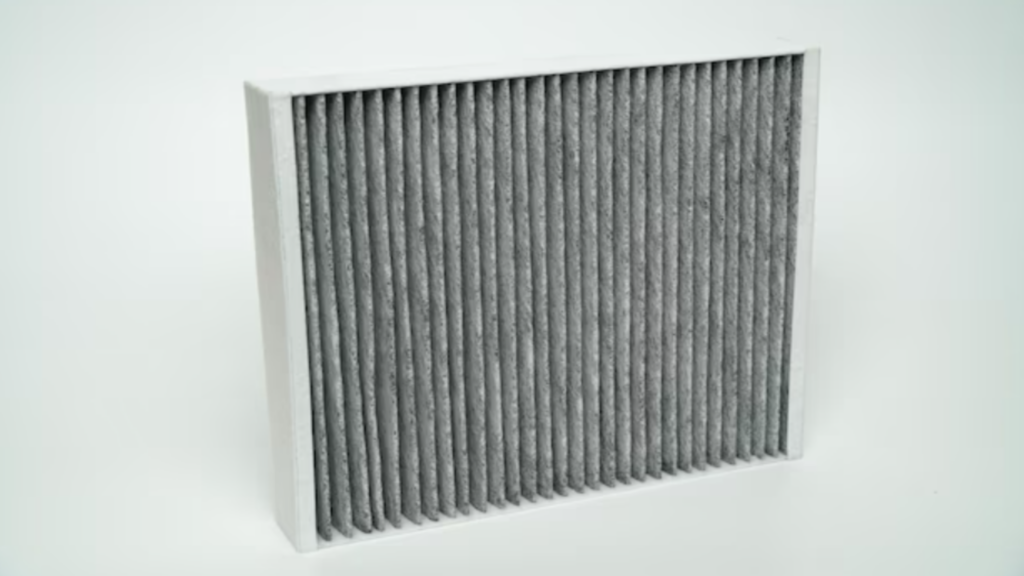
Your furnace filter should be checked regularly and replaced as needed. Here are some guidelines on when it’s time for a new filter:
Follow manufacturer recommendations – Most filters should be changed every 1-3 months for optimal performance. Check your owner’s manual for the recommended interval.
Look for visible dirt/debris – If your filter looks very dirty with lots of particles trapped in it, it’s definitely time for a replacement. A clogged filter makes your system work harder.
Replace seasonally – Changing your filter at the start of each new season is a good rule of thumb. Your heating and cooling needs fluctuate throughout the year.
Listen for whistling or humming – Unusual noises when your HVAC system runs can indicate a blocked filter that needs changing.
Check airflow at vents – If the airflow seems weaker than normal, your filter may be restricting it. Test the airflow with a tissue or ribbon held near the vent to see if it’s diminished.
Replacing a dirty, clogged filter helps keep your furnace working efficiently. Follow the above signs to know when it’s time for a new one. Changing it regularly is one of the easiest maintenance tasks that can maximize performance.
Select the Right Filter

When selecting a new filter, it’s important to choose one that is compatible with your furnace model. Here are some key things to check:
Size – Furnace filters come in standard sizes like 16x25x1, 20x25x1, etc. Measure your existing filter and buy the same size replacement. An incorrectly sized filter won’t fit right.
MERV rating – This measures the filter’s effectiveness at capturing particles. Higher MERV ratings trap more allergens and pollutants. Check your furnace manual for the recommended MERV rating. Typical ratings are between 5 and 12.
Media type – Basic filters use fiberglass or polyester material. Pleated filters are made from denser cotton/poly blends and have more surface area. Electrostatic filters attract and capture more particles. Choose the media type recommended for your furnace.
Frame – Check if your existing filter has a cardboard or metal frame. Match the frame type so the new filter fits properly. Cardboard frames are disposable while metal ones are reusable.
You can buy furnace filters at home improvement stores, HVAC suppliers, and online retailers. Prices range from $10-50 based on the type and MERV rating. Buying a 3-6 month supply at once gives a cost advantage over single filters. With regular changes, a higher efficiency filter can improve indoor air quality without costing too much more.
Locate the Filter
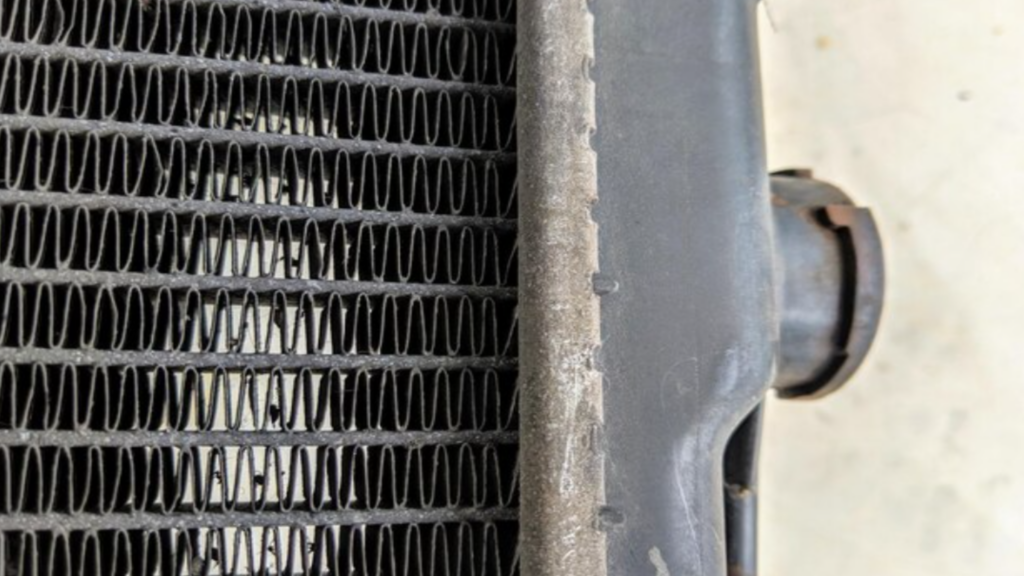
The furnace filter is usually located in one of two places:
Behind an access panel on the front or side of the furnace. This panel may be held in place with screws or clips that you’ll need to remove.
In the return air ductwork leading into the furnace. You may need to trace the ducting back from the furnace to find the filter slot.
The most common spot is an access panel right on the furnace unit. Look for a removable panel held in place by screws or clips. When you take this off, you should see the filter behind it.
Some furnaces hide the filter a bit more out of sight. If you don’t see an access panel on the furnace, check inside any return air ducts leading into the unit. There may be a slot built into the ducting specifically for inserting and removing filters.
Trace the ductwork back from the furnace and look for any service panels or openings. The filter is often inserted right before air enters the furnace.
Turn Off the Furnace

It’s important to turn off your furnace before changing the filter for safety reasons. The fan inside the furnace can be dangerous if it turns on unexpectedly while your hand is inside the unit.
To turn off your furnace:
- Locate the shut off switch on the side of the furnace unit. It will likely be a flip switch or button.
- Flip the switch to the off position or press the button. Listen for the fan to power down.
- Double check that the furnace is off by setting the thermostat to call for heat. The fan should not turn on.
- Once you’ve confirmed the furnace is off, you can safely open the unit to change the filter.
Remove the Old Filter
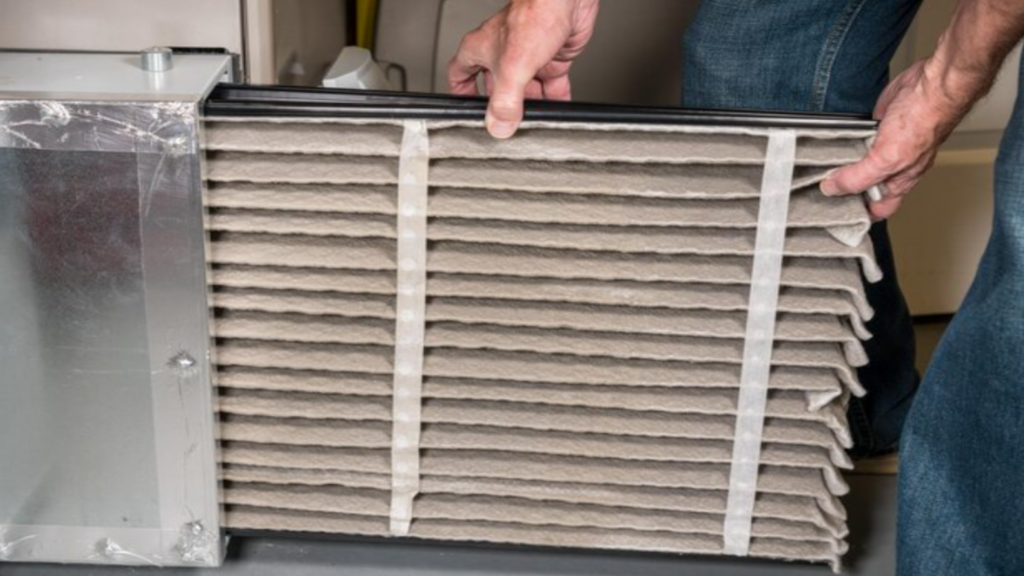
Carefully slide out the old furnace filter from its slot, making sure not to rip or damage it in the process. Ensure the cover panel on your furnace is open so you have easy access to the filter slot.
Once the old filter is removed, dispose of it properly. Furnace filters collect dust, pollen, pet hair and other debris over time. It’s best to place the used filter in a plastic bag and seal it before throwing it in the trash. This prevents any leftover debris from getting loose in your garbage can. Don’t try to reuse old furnace filters, as they won’t be effective at trapping particles once they are loaded with dust and need replacing.
Inspect the Furnace
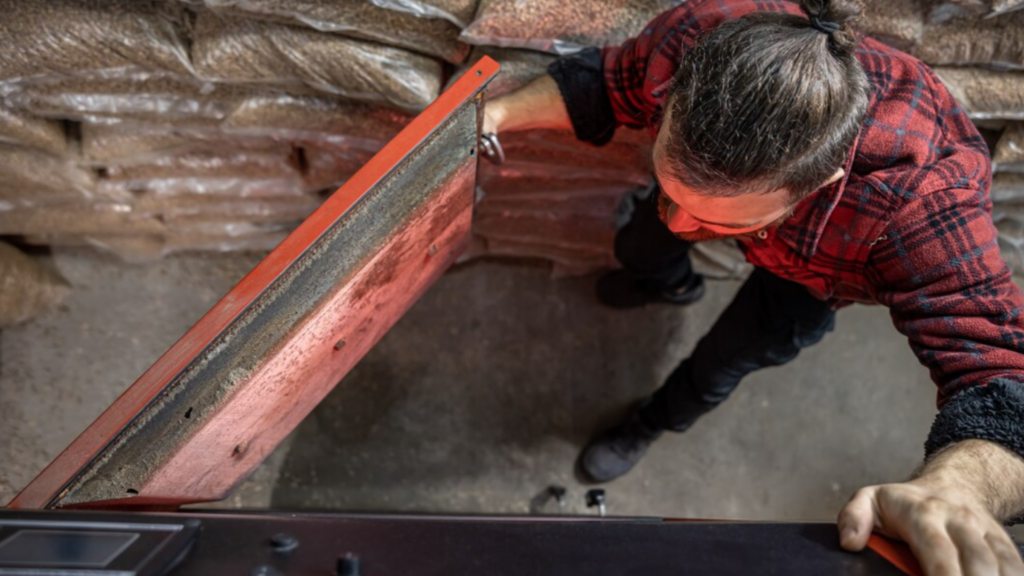
Once you’ve removed the old filter, take a moment to inspect the inside of your furnace for any issues. Look for signs of dirt buildup, especially around the blower motor. Use a flashlight to peer into all the nooks and crannies. Some dirt is normal, but excessive debris can cause problems.
Also check the furnace interior for any damage, like cracks, rust spots, or detached parts. Small issues can grow over time. If you see any concerning damage, consider calling an HVAC technician to take a look and make repairs if needed.
For thorough maintenance, have a professional inspect, clean and tune-up your furnace annually. They will clean out dirt, check components, make adjustments for optimal performance, and spot potential problems. This regular maintenance helps ensure your system runs safely and efficiently.
Install the New Filter
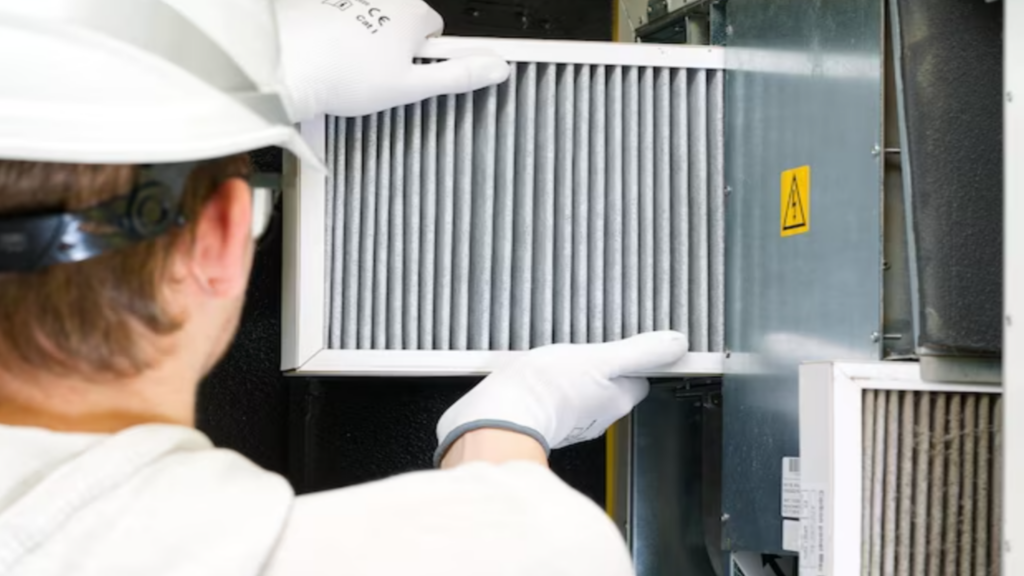
When inserting the new filter, be very careful not to bend or damage it. Check the arrows printed on the side of the filter to make sure you have the proper orientation. The arrows should be pointing in the direction of the airflow. Gently slide the filter all the way into the slot until it is fully seated. Make sure the filter is straight and the edges fit flush against the sides. Do not force the filter or jam it in crooked.
Once the filter is fully inserted, replace the front cover. Some covers slide back on while others use screws to fasten it back in place. Take care not to pinch or bend the filter when replacing the cover. Run your hand along the edges to double check that the filter fits properly before turning the furnace back on.
Turn the Furnace Back On
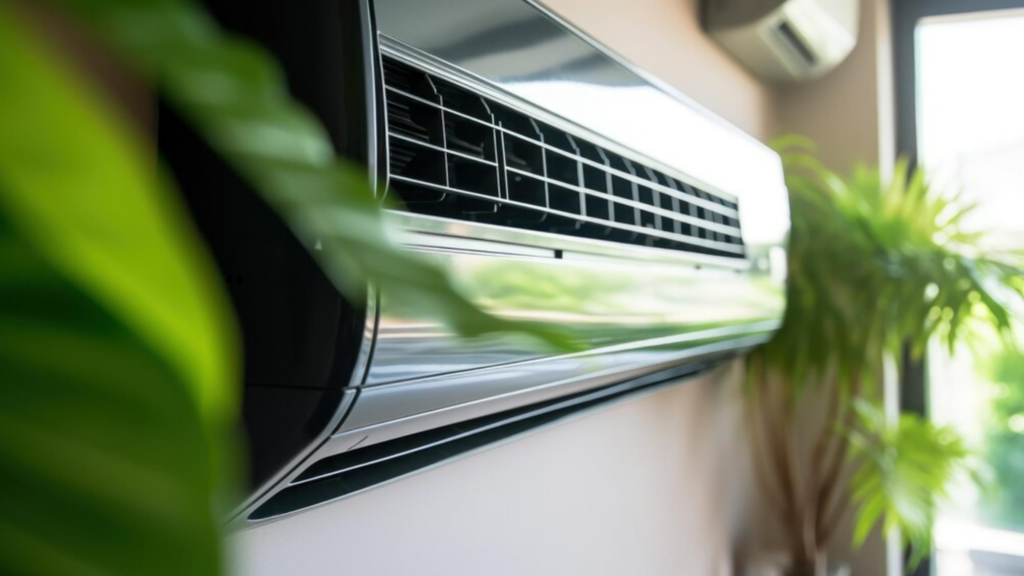
After installing the new filter, it’s time to turn the furnace back on. This is essentially the reverse process of turning it off.
First, go back to the furnace panel and turn the switch that controls the furnace from “Off” to “On”. Some furnaces may have a simple on/off toggle switch while others have switches that allow you to control the fan and heat separately.
Next, go to the thermostat and turn it back on if you had turned it off earlier. Set the thermostat to a temperature above the current room temperature so it calls for heat.
With the furnace back on, make sure you can feel air blowing out of the vents. Place your hand over, or a piece of paper in front of, the vents to check the airflow. The air should blow steadily and strongly. If the airflow seems weak, there may be an issue with the blower motor or duct connections. The furnace may take 10-15 minutes to start heating up again.
Maintenance Tips
Mark your calendar for the next filter change. Furnace filters should typically be changed every 1-3 months depending on usage and filter type. Mark your calendar ahead of time so you remember to swap it out.
Consider signing up for a furnace service plan. Many HVAC companies offer annual or semi-annual maintenance plans where they will come inspect your furnace and change the filter for you. This can save you time and ensure proper maintenance.
Use high quality filters. You may pay a little more upfront for a better filter, but they tend to last longer between changes and do a better job protecting your furnace. Look for filters with a MERV rating of 8 or higher for optimal performance. If you have any additional questions about furnace filters, contact one of our expert energy advisors and they will be happy to help.
Related Posts

Furnace Winterization Tips and Tricks
Discover furnace winterization: clean filters, check ducts, change oil, draft-proof. Become more energy-efficient and save money now!
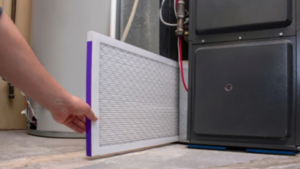
How Often Should You Change Your Furnace Filter?
We explore how frequently you need to change your furnace filter for peak performance and air quality, including signs for replacement and maintenance tips.
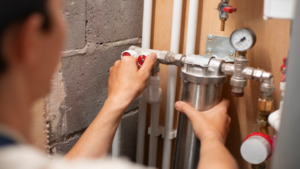
Emergency Furnace Repair: What to Do When Your Heat Goes Out
Emergency Furnace repair required? Find 24/7 repair services, stay warm, and ensure safety until help fixes it quickly.

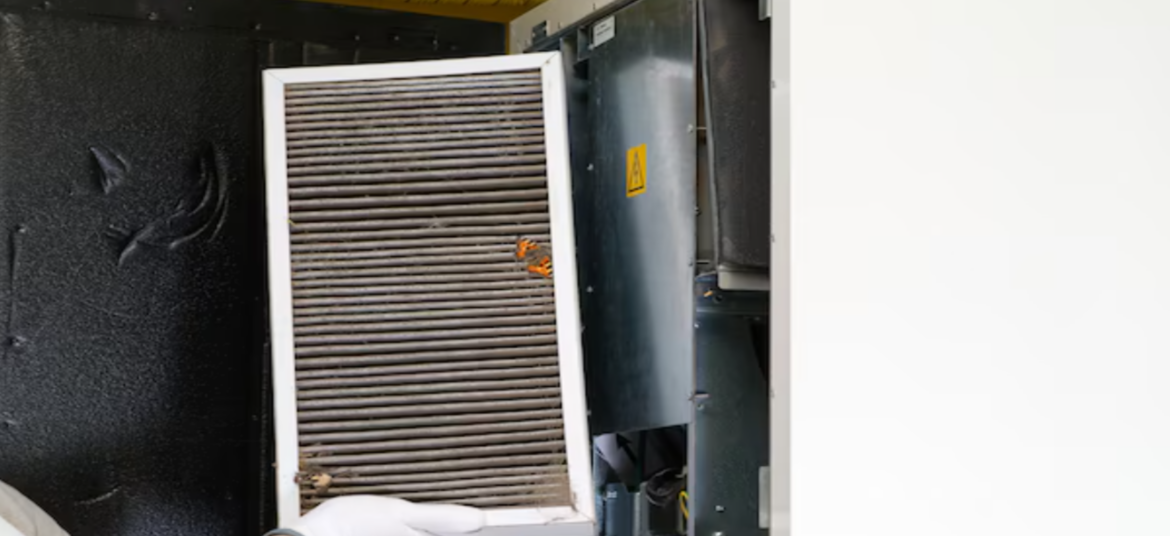
No Comments